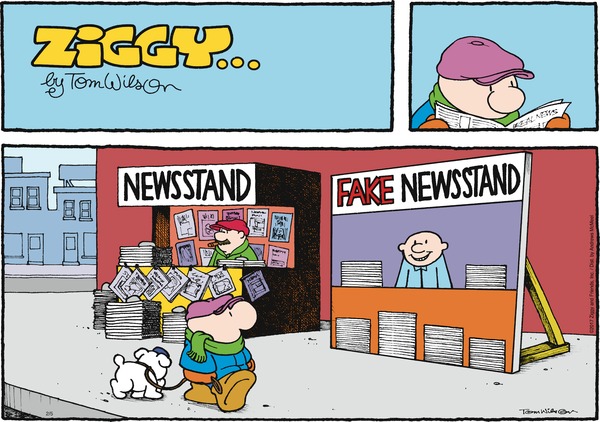mm037213@ohio.edu
In today’s society, the term fake news is constantly brought
up when it comes to any news story that is released. No matter what facts are
used to back up the information, there are still hesitations and questions that
linger in people’s minds. It’s not like any us were at the event being covered,
so do we know if it's really true or not?
A recent article published by the Columbia Journalism Review
discusses the topic and asks the reader to think about fake news at a more in-depth
level. When it comes to mind, fake news can honestly be described as anything
that the audience considers disgraceful. The idea can range from fabrications
to simply untruthful information. More importantly, fake news can be defined as
something that society really does not need to hear about.
The presidential election is a prime example for this
statement. BuzzFeed released a study that was done during this time that
analyzed the popularity of the so-called fake news stories compared to the news
reported by reliable outlets. These include The
New York Times, Huffington Post, Washington Post, NBC News, among others.
From freerepublic.com
From this, researchers discovered that up until the last three months leading
up to the election, there was much more of an interest in stories published by
these sites rather than other websites. As the election approached, an increase
in the “fake news” via Facebook
became more popular compared to that of national and local news sites.
This study shows how influential fake news has become within
recent years. After looking at this Buzzfeed study, it shows that the top
mainstream election story was “Trump’s History
of Corruption is Mind-Boggling. So Why Is Clinton Supposedly the Corrupt One?”
It was published through The Washington
Post and received 849,000 total shares, reactions, and comments. The top
fake election story was published through Ending
the Fed. Titled “Pope Francis Shocks
World, Endorses Donald Trump for President, Releases Statement,” it
received 960,000 total shares, reactions, and comments.
People love to hear drama or anything that can stir up some
sort of controversy. Today, we also live in a world where audiences tend to
become gullible and will believe most things they hear partly because it’s
engaging information. The more appropriate word for this description is called
sensationalism. This term causes a reader to digest a shocking story and make
it seem like it’s believable.The election was a great time for sensationalism, especially
as the event got closer. With constant stories being released everyday, the
public began to read anything they could get their hands on in order to
determine the best candidate.
Whether some of these articles are accurate or
not, the public wants to believe their message because they come off as
reliable sources and ultimately, especially during this time, give the audience
a strong opinion about a topic.It’s quite a shame in our world to see audiences constantly
being swayed by fake news and determining their judgments on topics and others
based off of these inaccurate facts. That brings up the question of what really
is fake news anymore if everyday audiences are consistently beginning to
believe anything that is posted on the web.
The best way to determine whether a story is accurate is
through fact checking. There are so many outlets, especially with social media,
that makes it possible for different types of people to go out and write
stories that don’t portray any correct info. Journalists are here to give news that keeps everyone informed and not have to second guess any information. That is what our job as future journalists needs to be rather than making up a
story with absolutely zero relevance in our lives.

No comments:
Post a Comment